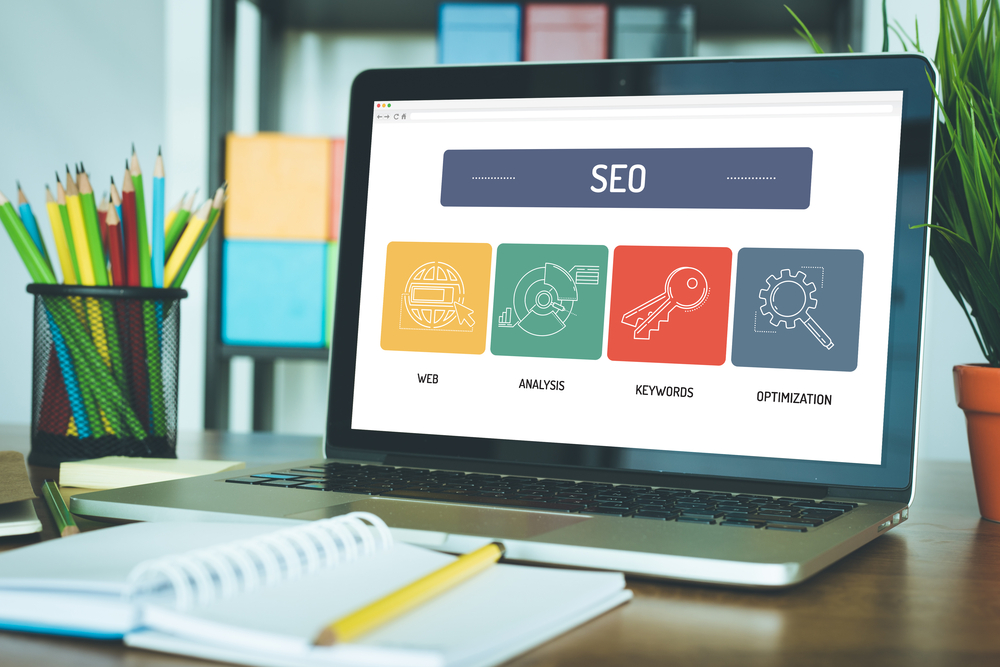You can have the most beautiful website ever designed, but if no one sees it, it may as well not exist. That’s why you need search engine optimization (SEO).
There are over a billion websites in existence. They are not all competing against yours, because you have your own niche, but there are still likely thousands offering similar products or services to yours, and you want potential visitors to zero in on what you have to offer.
101 Management would like to offer some tips on ways to drive traffic to your site using two of the biggest ranking factors, on-page and off-page SEO.
SEO is the primary way to attract visitors to your website. If you’re on or near the top of the results when people search for a topic, you have an excellent chance of being found by potential customers. The search engines employ nearly 200 factors to rank web pages in their search results.
Briefly, on-page SEO comprises elements over which you have complete control. Off-page SEO comprises factors over which you have little to no control. The search engines use both on-page and off-page SEO to rank your website in their search results.
For now, let’s examine on-page SEO. On-page SEO deals exclusively with the quality of your website and how closely it conforms to the elements the search engines look for when deciding where to place your website in the results of a search.
The primary drivers of on-page SEO are:
1. Fresh content
Content should not only be updated regularly, it should be useful to those who come to your website seeking answers to their problems, questions, or needs. A blog is a must, and should be updated at least twice a month with original content that is interesting to visitors. It should also contain your primary keyword within the first 100 words. Guest blogs are especially useful in achieving rankings, as well as providing a sense of authority and a fresh voice to your site.
2. User-friendly experience
This includes ease of navigation throughout your site, fast-loading pages, alt text on images for vision-impaired visitors, and mobile-friendly design. Such multimedia features as images, videos, and diagrams also contribute to users’ experience, making them more likely to linger on your site. This is important, because studies show visitors decide within four to eight seconds whether to remain on the site, or click away to another.
The main component of whether a website is user friendly, of course, is whether the visitor’s question was answered or problem solved . . . quickly. If you do a search for a topic and click on something on the results page, you want to reach your target fast, not have to scroll all over the page or even the entire website to find what you’re after. The main headline and subheads help accomplish that, as do internal links (see #3, below).
3. Technical excellence
These factors encompass title tags, URL structure, headings, long-tail keywords, and internal links.
Keywords are the words people use when searching for something on the Internet. Long-tail keywords are keywords containing more specific information. Someone using a keyword in a search might type in “dogs.” A long-tail keyword search might be “dog training in Gainesville, FL.” Long-tail keywords are more likely to attract relevant traffic to your site.
The title tag should contain your keyword, preferably at the beginning. This is the single most critical factor in achieving a high SEO rank.
The structure of your URL (what comes after “http://”) should be clean, short, and contain your keyword, if possible.
Internal links are hyperlinks from one page to another within the same website. Not only do they help users quickly jump to information they need, they also increase your ranking in the search engines.
These are the main factors comprising on-page SEO. There are many technical sub-factors that the SEO experts at 101 Management can help you sort through and manage. It’s what we do, so don’t hesitate to contact us to help you navigate this challenging but critical component of successful websites.










Leave A Comment